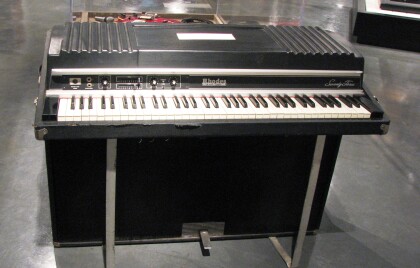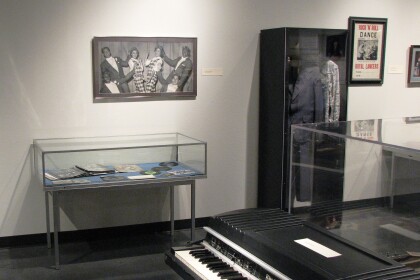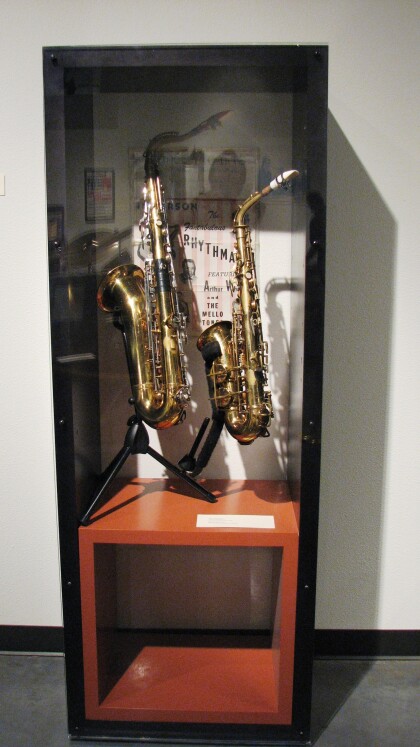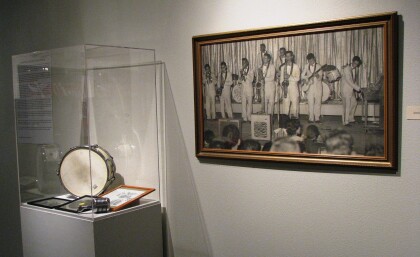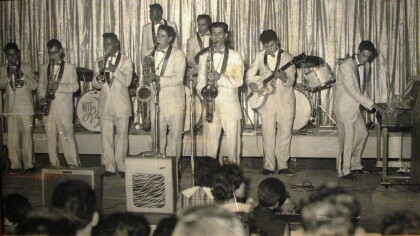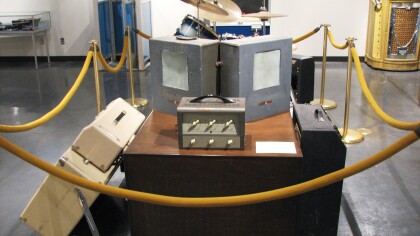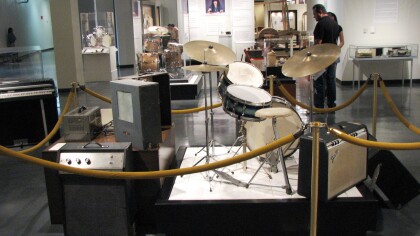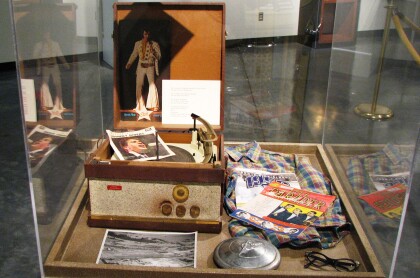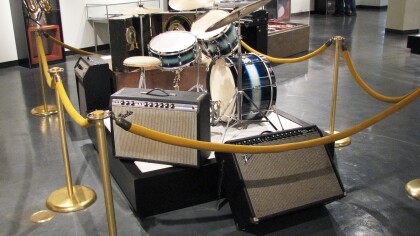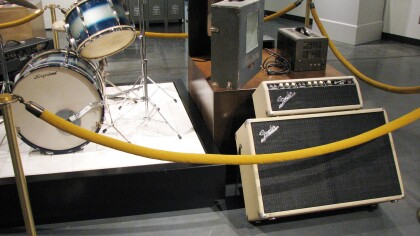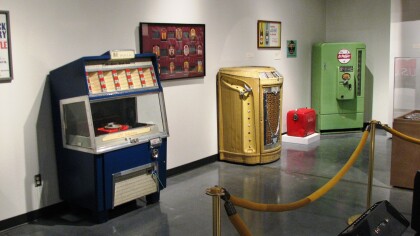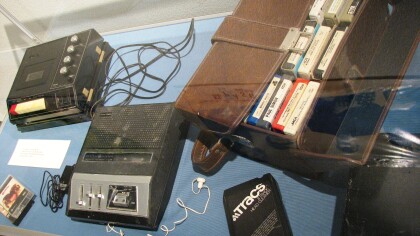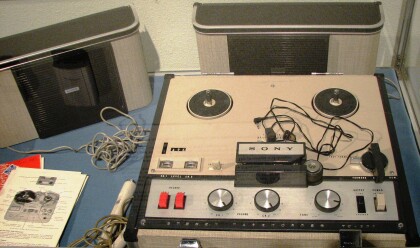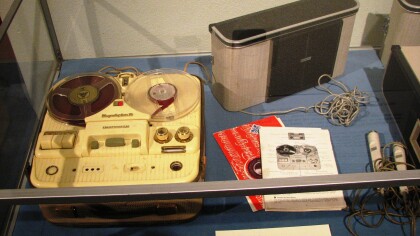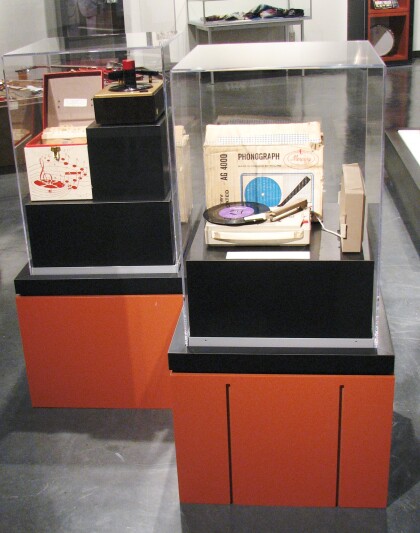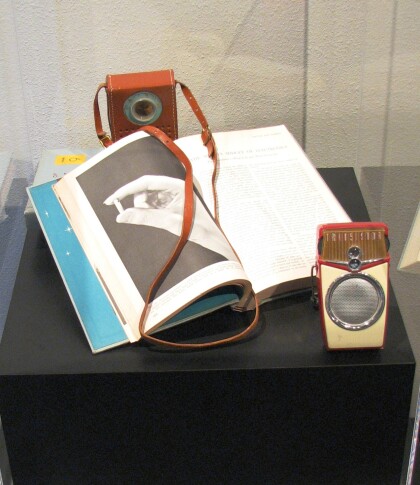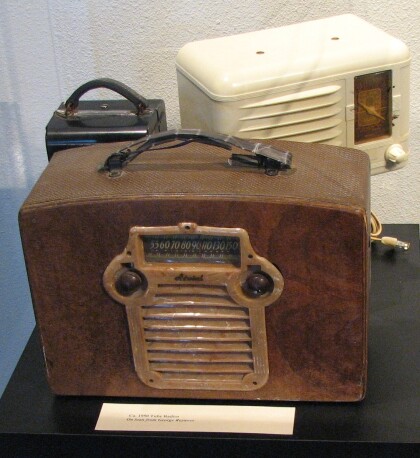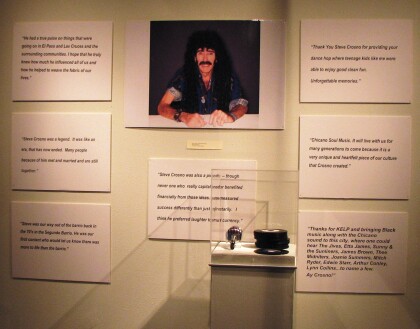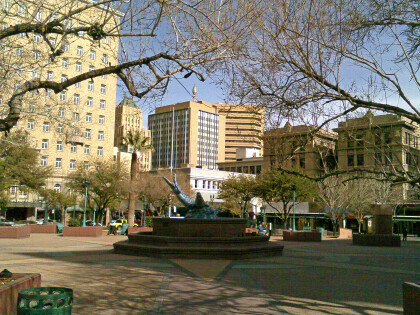Henry O. Flipper, 1856 - 1940
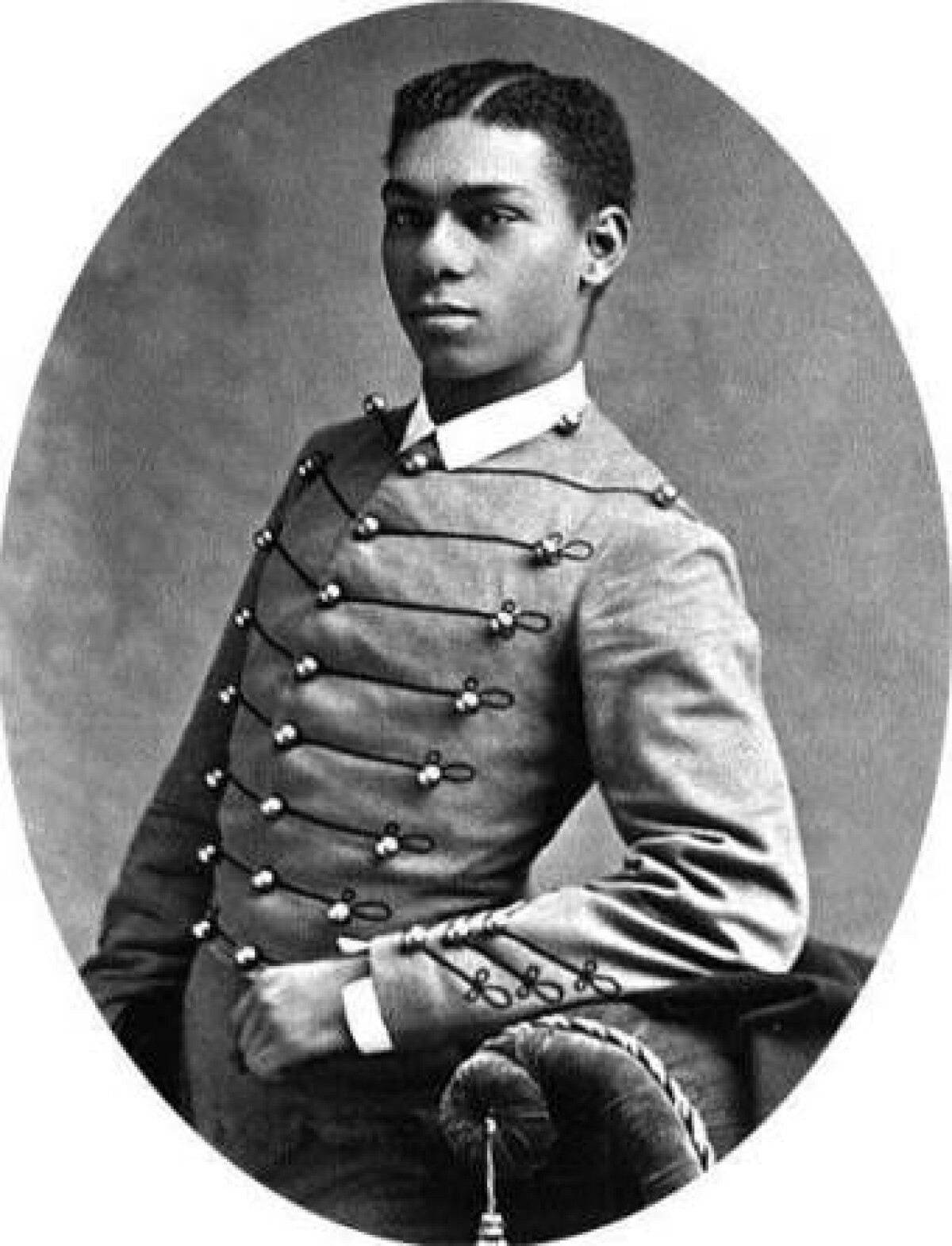
Henry O. Flipper, 1856 - 1940
Henry Ossian Flipper, engineer, the first black graduate of West Point, the eldest of five sons of Festus and Isabella Flipper, was born a slave at Thomasville, Georgia, on March 21, 1856. He attended school at the American Missionary Association, and in 1873, as a freshman at Atlanta University, he was appointed to the United States Military Academy. Although Flipper was the fifth black accepted to West Point, he was the first to graduate. At West Point he was often ostracized and had little social interaction with white cadets beyond official activities. He graduated fiftieth in a class of seventy - six on June 14, 1877, and accepted a commission as a second lieutenant.
In 1881, while serving as commissary, Flipper discovered post funds missing from his quarters and attempted to conceal the loss until he could find or replace the money. The missing funds were part of what Flipper suspected “a systematic plan of persecution,” a plot by white officers to force him from the army. The following year, when Col. William Rufus Shafter learned of the discrepancy, Flipper was court martialed. Although Flipper was acquitted of embezzlement, he was found guilty of "conduct unbecoming an officer and a gentleman" and was dismissed from the service on June 30, 1882. Until his death, Flipper maintained his innocence and waged a lifelong battle for reinstatement in the army. However, President Chester A. Arthur made a final confirmation of the verdict on June 24, 1882 which was rescinded in 1976 by the Department of the Army.
Despite a rocky start, Flipper went on to have an illustrious career. Flipper went to El Paso after his army dismissal and remained there until 1883; returning once again in 1912. He opened a civil and mining engineering office in Nogales, Arizona, published translations of U.S. and Mexican mining and tax laws. By 1893, Flipper became pivotal witness for the US in the Nogales de Elias Land Grant case, which saved the property of hundreds of land owners and also served as a special agent for the United States Court of Private Land Claims. Thereafter, Flipper worked as an engineer and legal assistant in Northern Mexico, and eventually became an assistant to the Secretary of the Interior as a translator and interpreter in 1921. His final years (1931-1940), after working in Venezuela as an engineer, were spent in retirement in Atlanta, Georgia. Flipper died May 3, 1940 from a heart attack. Later, in 1976, a bust of Flipper was unveiled at West Point and he was posthumously granted an honorable discharge, dated June 30, 1882. Presently, an annual West Point award in honor of Flipper is presented to the graduate who best exemplifies "the highest qualities of leadership, self-discipline, and perseverance in the face of unusual difficulties while a cadet."
Image Description:In this black and white photo, the main subject of the photograph is positioned in the center for a portrait. He is a young African American man, his hair parted down the middle, and stares into the camera with a stern expression. He is wearing a light colored military jacket with button clasps all throughout the chest and torso. He is in a relaxed position and is leaning his left arm, bent at the elbow on the edge of a loveseat or couch.
Report this entry
More from the same community-collection
El Paso Rock and Roll 1950-1970, an EP Museum of History Exhibit
Original Fender Rhodes owned by Larry Rye.
El Paso Rock and Roll 1950-1970, an EP Museum of History Exhibit
A photo of the exhibit featuring some suits of the day, a Fender ...
El Paso Rock and Roll 1950-1970, an EP Museum of History Exhibit
Two saxophones from a member of the Rhythm Heirs.
El Paso Rock and Roll 1950-1970, an EP Museum of History Exhibit
An exhibit case with an old snare drum and microphone. And a ...
El Paso Rock and Roll 1950-1970, an EP Museum of History Exhibit
Awesome photo of the Rhythm Heirs...I think. Location of picture ...
El Paso Rock and Roll 1950-1970, an EP Museum of History Exhibit
I believe this is an old Stromberg Carlson PA system from the ...
El Paso Rock and Roll 1950-1970, an EP Museum of History Exhibit
My old Montgomery Wartd amp in the lower left, the ...
El Paso Rock and Roll 1950-1970, an EP Museum of History Exhibit
An old record player. A lot of children who visited the exhibit ...
El Paso Rock and Roll 1950-1970, an EP Museum of History Exhibit
A couple of beautiful Fender guitar amps. One is a Twin Reverb. ...
El Paso Rock and Roll 1950-1970, an EP Museum of History Exhibit
A Fender Bassman amp and a Slingerland drum kit.
El Paso Rock and Roll 1950-1970, an EP Museum of History Exhibit
A wall of old Juke Boxes and an old Coca-Cola cooler and a Dr. ...
El Paso Rock and Roll 1950-1970, an EP Museum of History Exhibit
A metal Coke sign, school lockers, a Dr. Pepper soda machine, a ...
El Paso Rock and Roll 1950-1970, an EP Museum of History Exhibit
Old casette recorders and a collection of 8-Track tapes. First ...
El Paso Rock and Roll 1950-1970, an EP Museum of History Exhibit
A beautiful SONY reel-to-reel tape recorder. This fits all ...
El Paso Rock and Roll 1950-1970, an EP Museum of History Exhibit
I love this. A Telefunken (is that a great name?), model ...
El Paso Rock and Roll 1950-1970, an EP Museum of History Exhibit
An old Mercury phonograph, probably mono because there is only ...
El Paso Rock and Roll 1950-1970, an EP Museum of History Exhibit
Two beautiful transistor radios. These were so innovative. ...
El Paso Rock and Roll 1950-1970, an EP Museum of History Exhibit
Old AM radios no doubt. Plug them into the wall and find your ...
El Paso Rock and Roll 1950-1970, an EP Museum of History Exhibit
Steve Crosno is a very famous El Paso DJ. That may be his ...
San Jacinto Plaza with Blue Flame Building in background
The Blue Flame building was built by the El Paso Natural Gas ...
